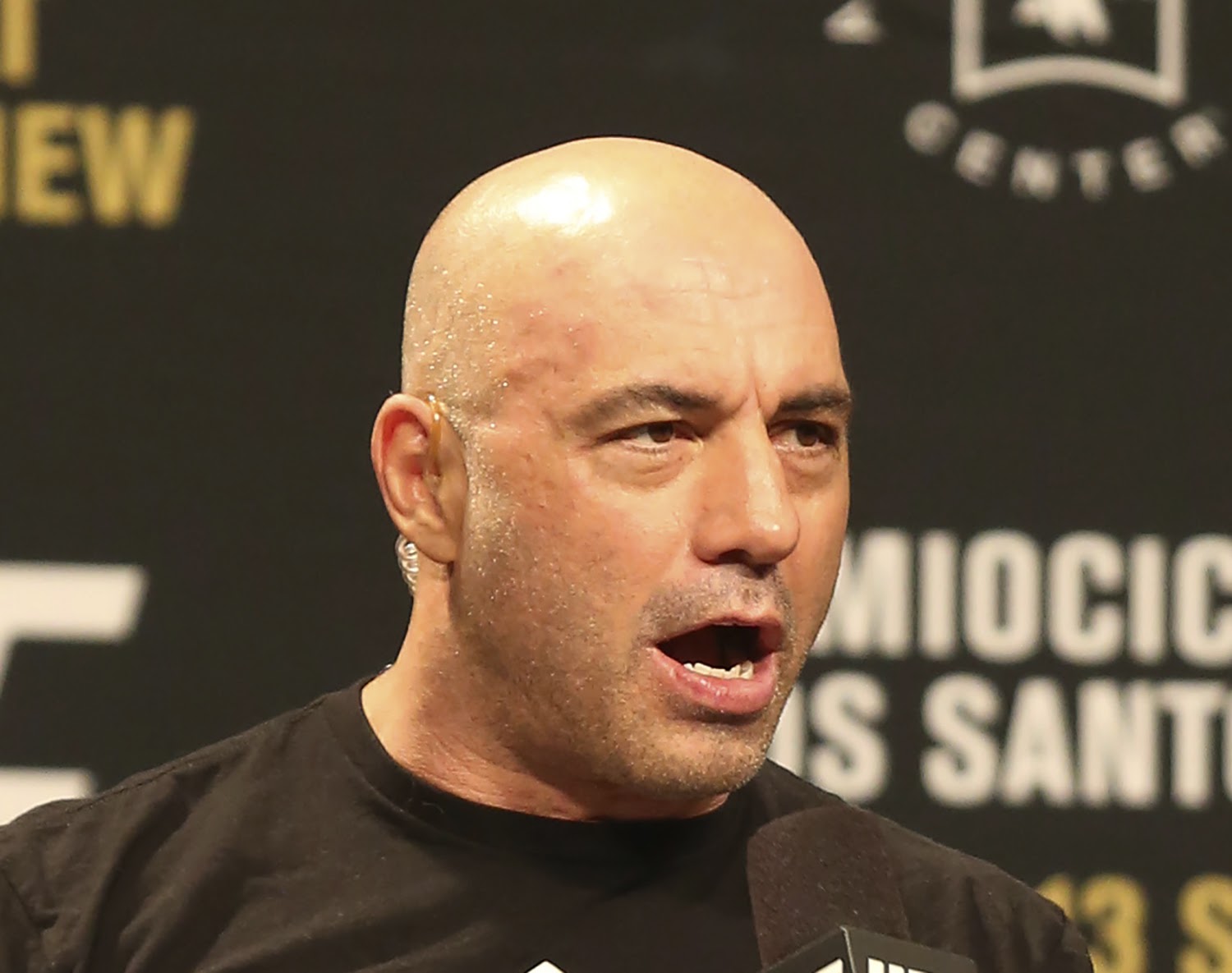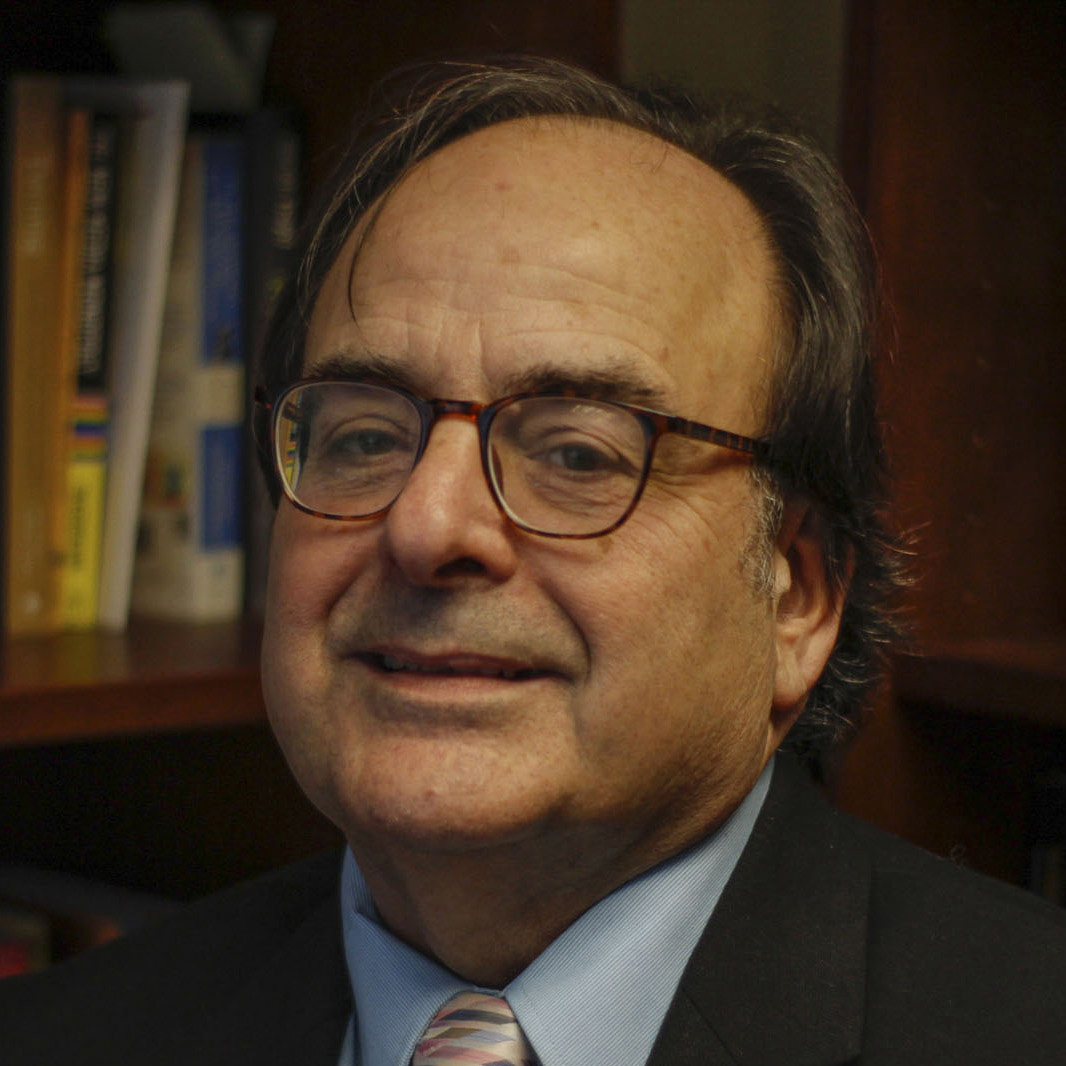Spotify, a Swedish-owned streaming audio service, signed a $100 million contract with New Jersey-born comedian and podcaster Joe Rogan to provide exclusive content for subscribers.
Let that figure, $100 million, sink in.
That is more than twice as much as Steph Curry, the NBA’s highest-paid player, will make in the 2021-22 season.
So what did Spotify get for its money?
“The Joe Rogan Experience” podcast featured COVID-19 vaccine misinformation, prompting musical artists — Neil Young and Joni Mitchell, among them — to pull their work from Spotify.
Rogan apologized to Young, Mitchell and Spotify.
Then a clip surfaced documenting Rogan’s use of racial slurs over a 12-year period. He apologized again, stating he never used the N-word “to be racist because, I’m not racist.”
Rogan claims not to have a racist bone in his body, but the malady usually is associated with the mouth. His reaches 11 million subscribers per episode.
Let that figure sink in.
That’s 2.6 million more than the population of New York, America’s largest city.
More importantly, that is almost half (45%) of the 24.3 million digital and print readers and viewers of all U.S. daily newspapers.
Here’s another number: $69,635. That’s the average highest paid salary for a news editor in Massachusetts, which pays more than any other state for the position. Editors are responsible for moderating content for truth and appropriateness. The average news editor salary across all states is $58,415, eerily equivalent to the average salary, $58,690, of a Facebook moderator. (More on them later.)
To be sure, the Joe Rogan saga will likely fade by the time you read this as another outrage flares across our screens. But the emphasis here is on news vs. entertainment, and the impact of the latter on the health and well-being of society.
One of Rogan’s proclamations focused on Generation Z: “If you’re like 21 years old, and you say to me, should I get vaccinated? I’ll go, no.”
As of February, 12,311,814 people ages 18 to 29 contracted COVID-19, more than any other age group. Some 5,476 have died. But, hey. When you amuse 11 million listeners with disinformation, perhaps that’s a minuscule number not worthy of consideration.
Neil Young took exception to that on his website. “Most of the listeners hearing the unfactual, misleading and false COVID information on Spotify are 24 years old, impressionable and easy to swing to the wrong side of truth.”
He’s right. According to the Pew Research Center, only 3% of people ages 18 to 29 get news from print. Some 7% rely on radio and 16% on television. A whopping 71% rely on smartphones and other devices for updates and notifications, mostly from social media and streaming sources, from Facebook to Spotify.
The COVID-19 economy has been particularly harsh on journalists, especially editors overseeing newsrooms. Here are data from the Columbia Journalism Review:
- At least 6,154 news organization workers were laid off between March 2020 through August 2021.
- At least 100 U.S. news organizations have closed throughout the pandemic.
- Another 42 outlets were absorbed through mergers and acquisitions, bringing the number of eliminations to 128.
In the wake of the Joe Rogan scandals, Spotify quietly removed 70 of his podcasts. In journalism, this is known as retractions. In social media and other hosts of dubious information, it’s known as a “404 Not Found” error.
Because of threats by artists to remove content, Spotify now will post “content warnings” that promote dangerous false or deceptive medical information “that may cause offline harm or pose a direct threat to public health.” These include assertions “encouraging the consumption of bleach products to cure various illnesses and diseases.”
Spotify’s new policy is a whitewash, literally and figuratively.
Offensive content continues, warnings aside. But there are consequences.
Social media and streaming platforms are aware of the threat, not to humanity, but to its bottom line. For instance, Spotify denies that Rogan was the main reason why its stock plummeted by 18.9% in the aftermath of his scandals.
That’s why social media platforms employ moderators to screen offensive content.
CNBC reports Facebook spends billions to review millions of pieces of content every day. TikTok, Twitter and YouTube outsource that work to third-party companies.
Moderators are attracted to the prospect of working at home for an average of $16.50 per hour. But job risks include digital PTSD from viewing and deleting content about bestiality, incest, pedophilia, suicides and murders.
Other PTSD symptoms that develop from viewing thousands of offensive posts include adopting conspiracy theories promoting the Earth being flat, the Holocaust never happening, and the U.S. staging the 9/11 attacks.
To help alleviate the human emotional toll, Facebook has turned to computer moderation to delete disturbing content. Nevertheless, many obscene posts slip through because AI lacks the intelligence (and conscience) to catch them.
The environment allows the likes of Joe Rogan and company to “experience” the world any way they wish, without worrying about its impact on society. They have replaced reporters as the main purveyors of news. Moderators have replaced editors who once protected the audience from objectionable content.
This is your world without journalism.
Now let that sink in.







